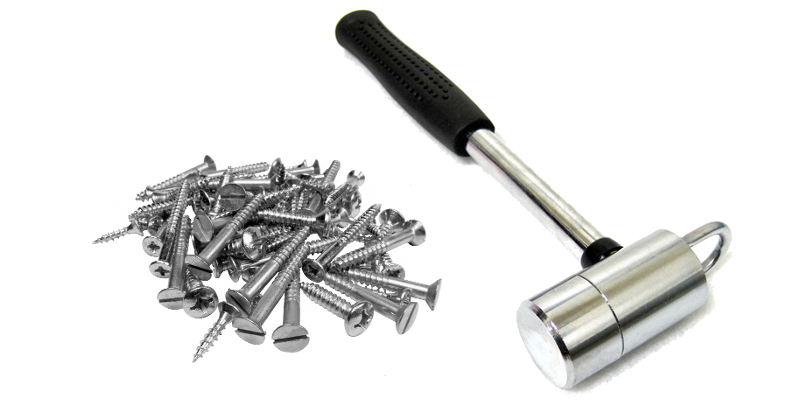Too often I am helping companies put a technology project back on the rails so it can roll forward. It is easy to think this stems from bad project management.
But, the problem I have witnessed continually over the years stems from the “chrome hammer syndrome” – if a company has invested in perfecting their hammer, then everything becomes the proverbial nail. Not that any specific technology is good or bad, but it is important to consider the match and the fit before making a technology selection.
What is a Chrome Hammer?
Technology is a confusing business. For every problem, there are too many solutions available to count. And, many of the solutions are viable. When turning to an internal team or an outsourced relationship, you should expect the proposed solution will be based on experience – hopefully, a successful experience.
Let’s say you need to develop software for your business. When describing the nature of your needs, expect questions about your staff, outlook, support, concerns, and other details. Unfortunately, the technology team will too quickly be suggesting how to solve things (e.g. take it to the cloud). Or, they might be recommending a specific technology (e.g. you should be using <fill in the blank>).
This is the nature of the conundrum itself. You have a business problem occurring within your specific business. Those who wield a chrome hammer provide a solution that either solved a different problem or solved a problem in a different environment.
How to Determine a Match
Solving a problem requires selecting the right tools. In the case of software, it is about picking the right technology. Many technologies can solve many problems. But, every technology is designed with a certain goal in mind. You can think of it as a “sweet spot”.
Should your next application be web-based, live in the cloud, and use an Oracle database? It is impossible to say without understanding the details.
If you are considering a project with a significant business impact and a sizeable budget, you should gather at least two opinions. This would be no different than if you were considering a medical procedure. If the team is internal, have two people propose a solution and judge on the merits of each. If you are choosing an outside firm, at least have two firms submitting proposals.
Making Sure Everything Fits
So, you decided on the right technology and you are ready to start. Not quite so fast.
As stated before, there is typically more than one viable solution to any problem. Technology is flexible in this way. How do you know which of the “right” solutions is right for you?
Consider what happens when the software is delivered. Can your team support it? Will you be forever connected to the firm which developed it? Are the licensing costs prohibitive?
Make sure the solution is not only capable but also appropriate for your organization.
If you do not feel qualified to judge the options presented, consider the guidance of an objective third party. The upfront costs may seem unwarranted, but having to rescue a project later is much costlier – as well as painful.
Whatever you chose, do not get caught underneath somebody else’s chrome hammer.

